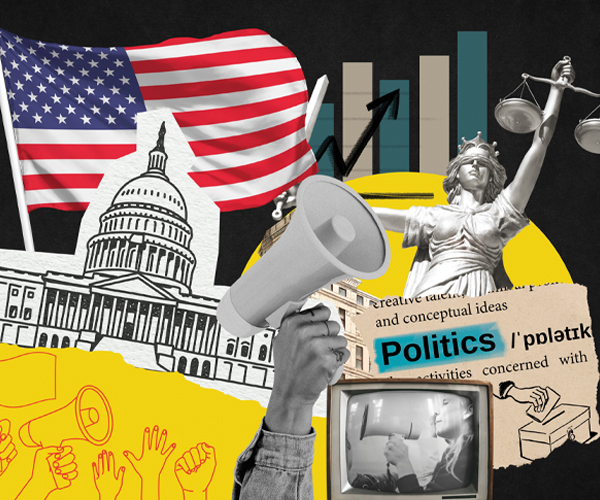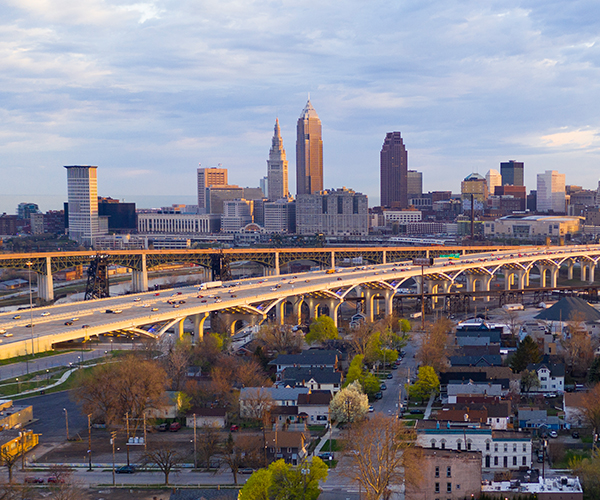Imagine the city of the future. The city of innovation and opportunity.
• Where the city has not just a vision but a plan that links and leverages its distinctive assets of people, place and opportunity.
• Where anyone can buy a share of stock in the city for a modest price, even if you live halfway around the world, and be a city shareholder and investor in the city’s success.
• Where there are city dividends, each of which is a clear, achievable goal and rallying point that creates small wins and demonstrable progress, and sustains momentum.
• Where there are city vital signs by which you can measure, monitor and improve your city’s economic health.
• Where economic opportunity and entrepreneurship intersect at every corner.
• Where longtime residents of neighborhoods benefit from new investments and, rather than be displaced, they are embraced.
• Where everything and everyone is connected.
• Where a culture of innovation envelopes the city.
• Where talent from throughout the world is developed, attracted, retained, trained and employed in a virtuous cycle.
• Where there are clearly defined clusters and hubs of innovation and opportunity where knowledge anchor centers like colleges, universities and hospitals partner with adjacent large and small companies and start up incubators.
• Where, if you lose your job, you still don’t lose your parking space, because the brain hubs create and attract so many jobs.
• Where employers’ short and long-term workforce needs are met by those who supply customized training and education.
• Where workspaces are shared by organizations and companies from the public, private, nonprofit and philanthropic sectors.
• Where you rarely wait in line or in traffic, and, if you do, you don’t realize you’re waiting.
• Where a college–going culture embraces and fosters cradle-to-career learning and education.
• Where technology, engineering, science and economic development mix comfortably with art and design.
• Where each neighborhood has its own distinctive blend of day and night life.
• Where people walking the sidewalks not only feel safe, but are invested in each other’s safety.
• Where every neighborhood is knowable and walkable and you can buy a quart of milk without having to burn a gallon of gas.
• Where you can get on light rail, a bus rapid transit or a bike and go from one neighborhood to the next safely and effortlessly 24/7.
• Where if you travel by bike, you have your own lanes that are protected from cars.
• Where a bikeable, walkable cultural trail cuts through downtown.
• Where you can travel to other cities by high-speed rail.
• Where the waterfront is the center of gravity of downtown, not the edge of downtown, and is connected to the city.
• Where a pedestrian bridge links downtown to the water.
• Where bridges and tunnels link neighborhoods to the water.
• Where multiple transportation corridors are lined with residential, retail and commercial development.
• Where the sports downtown stadiums and the convention center are connected to each other and are linked to pedestrian connectors that allows guests to walk to thousands of hotel rooms and scores of restaurants.
• Where retail spaces are more of an experience than destination.
I have not mentioned any new technologies or modes of transportation not yet invented. They, too, of course, will be a major part of the city of the future.
But I didn’t just describe the city of the future.
I just described the city of the present.
Einstein said that “your imagination is the preview of life’s coming attractions.” But it’s also a preview of what you’re capable of doing today.
In cities throughout the world all of these things and more are already being done, are in the process of being done, or are within reach in a matter of just months or years, not decades or generations.
But, so far, no one city is doing them all at the same time. As William Gibson has observed, “The future is already here — it’s just not evenly distributed.”
In a world of trains without conductors and tractors and cars without drivers; where entire employment categories like travel agents, bank tellers, telephone operators, secretaries and utility meter readers are being eliminated; and where wristwatches, blind dates and cash are fast becoming relics of the past, the best way to reinvent our cities is to not let what we know limit what we can imagine.
Cleveland’s renaissance is underway, but to be a true city of innovation and opportunity, we can’t slow down even for a moment and rest on our laurels.
As Wayne Gretsky, the hall of fame hockey player once said, “I just learned to skate where the puck was going, not where it was.” If you don’t think that kind of skating is required by Cleveland today, just ask Kodak, My Space, Palm Pilot, Blackberry and Blockbuster.




